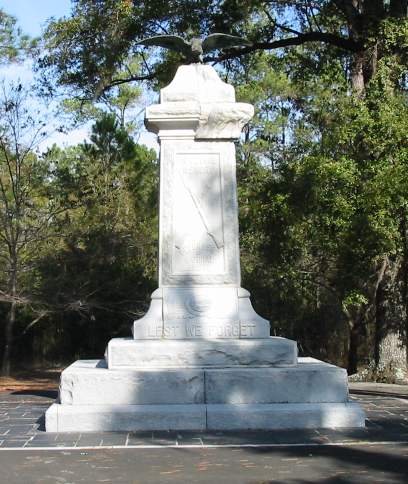 |
| Mississippi's representatives in Congress |
In the past few days, 150 years ago, three more states seceded from the Union. First Mississippi on January 9th, then Florida on January 10th, and Alabama on January 11th. Mississippi was the only one of the three to publish a lengthy document declaring the causes that impelled them to desire to leave the Union of the United States. I will discuss some of the most interesting and important reasons that they gave in A Declaration of the Immediate Causes which Induce and Justify the Secession of the State of Mississippi from the Federal Union here. You can read the complete document from which these quotes were taken
here.
Slavery
Mississippi started out by acknowledging that they were leaving the Union because of slavery - "Our position is thoroughly identified with the institution of slavery-- the greatest material interest of the world." While there may have been other minor reasons for the first states to leave the Union, the major one was that the Federal Government was trying to abolish slavery. However, as we will discuss later, just because they seceded because of slavery did not mean war. The real question was whether the states had the right to secede.
Fugitive Slave Law
It has nullified the Fugitive Slave Law in almost every free State in the Union, and has utterly broken the compact which our fathers pledged their faith to maintain.
The rights of slaveholders were protected in the Constitution by it declaring that escaped slaves had to be returned. However, this part of the Constitution was ignored by the North and the legislatures of the states passed laws saying that escaped slaves did not have be returned. Since the Northern States had broken the Constitution, Mississippi believed that they no longer were required to stay in the Union.
Abolition
It has enlisted its press, its pulpit and its schools against us, until the whole popular mind of the North is excited and inflamed with prejudice.
It has made combinations and formed associations to carry out its schemes of emancipation in the States and wherever else slavery exists.
Several times Mississippi pointed to the fact that there was division in the Union – one half was trying to overthrow the other. It was not to their benefit to remain a part of a nation which was trying to overthrow the Southern States.
John Brown
It has invaded a State, and invested with the honors of martyrdom the wretch whose purpose was to apply flames to our dwellings, and the weapons of destruction to our lives.
In this argument they were trying to show that the Northern states really desired to overthrow the South by pointing out John Brown's raid on Harper's Ferry. John Brown, a fanatic criminal, was sent and financed by six prominent Northern abolitionists. While the raid was a failure, it spread fear through the South because the abolition movement had reached a point where some would attack the South rather than continue to leave the Negroes in bondage. At first the Northern papers called the attackers what they were – criminals, but eventually the view changed through the speeches and writing of men like Ralph Waldo Emerson, the famous author, who said: "[John Brown is] that new saint, than whom none purer or more brave was ever led by love of men into conflict and death,--the new saint awaiting his martyrdom, and who, if he shall suffer, will make the gallows glorious like the cross." Mississippi believed that it could separate from states who were glorifying men who had been sent to murder them and take their slaves.
Conclusion
Utter subjugation awaits us in the Union, if we should consent longer to remain in it. It is not a matter of choice, but of necessity. We must either submit to degradation, and to the loss of property worth four billions of money, or we must secede from the Union framed by our fathers, to secure this as well as every other species of property. For far less cause than this, our fathers separated from the Crown of England.
Our decision is made. We follow their footsteps. We embrace the alternative of separation; and for the reasons here stated, we resolve to maintain our rights with the full consciousness of the justice of our course, and the undoubting belief of our ability to maintain it.
 |
| Alabama's representatives in Congress |
Alabama
Also of note is that when Alabama passed its resolution to secede, it invited at the same time all of the slave holding states to a meeting on February 4th to consider forming a union. This meeting of course resulted in the Confederate States of America, but we will wait to discus that until the proper time.

.jpg/250px-John_Newton_(ACW).jpg)



.jpg/250px-John_Newton_(ACW).jpg)

